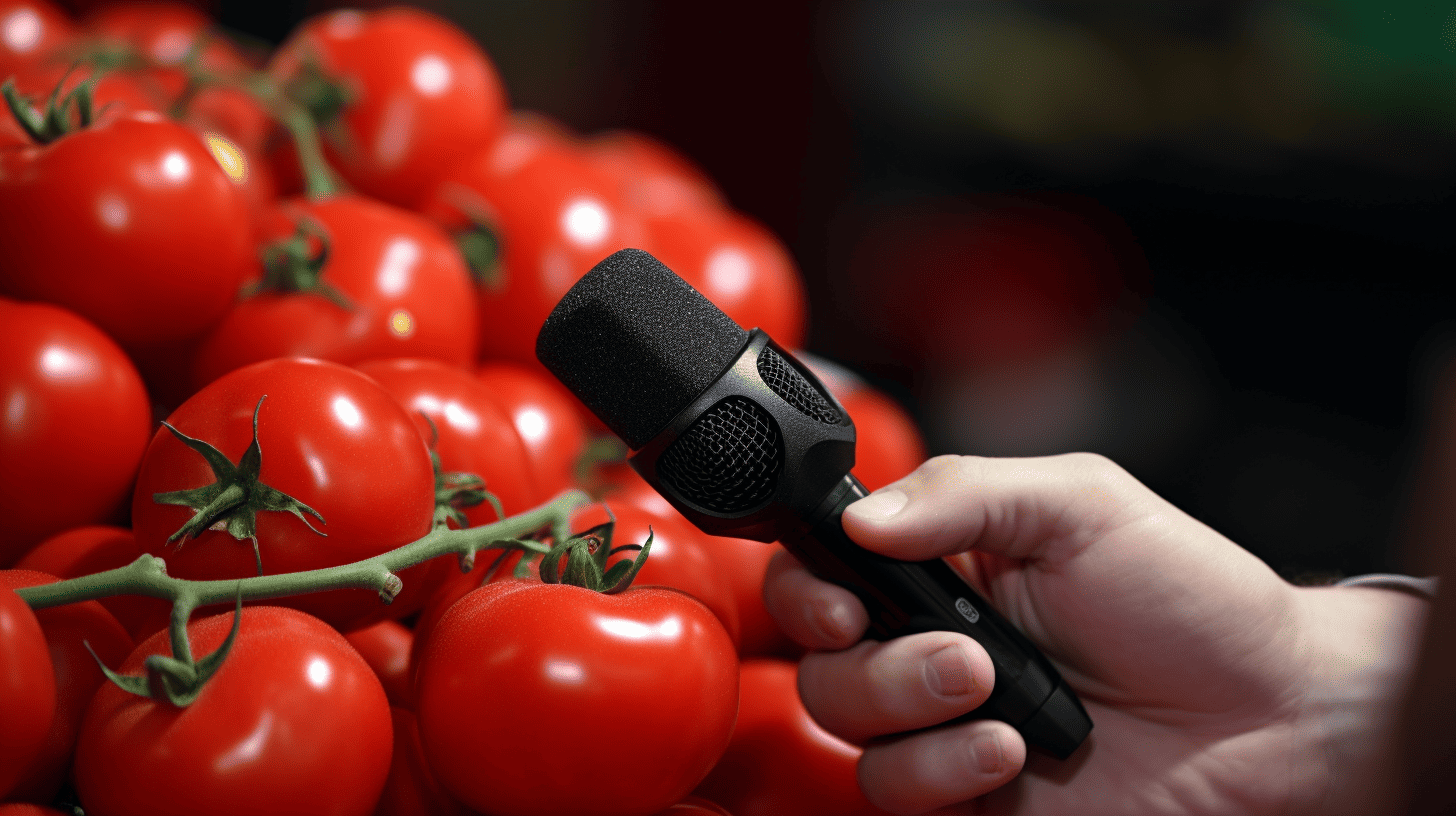
With the knowledge of then, looking back to now
In a weekly column, alternately written by Maarten Steinbuch, Mary Fiers, Carlo van de Weijer, Lucien Engelen, Tessie Hartjes and Auke Hoekstra, Innovation Origins tries to find out what the future will look like. The six columnists, occasionally supplemented with guest bloggers, are all working in their own way on solutions to the problems of our time. So that tomorrow will be better. This Sunday it is Mary Fiers’ turn, about perceived health. Here all previous episodes.
Recently, I heard someone on the radio ask the question “what will be the new smoking?” An intriguing question. After all, in a relatively short period of time, smoking has gone from being completely normal to something that is permitted at fewer and fewer locations. From status symbol to poison. You can hardly imagine it any more, but in the 70s and 80s smoking was an integral part of public life. At birthday parties the cigarettes were in a glass on the table. Teachers were smoking in front of the classroom. How different is it now: the tobacco industry is being sued by Bénédicte Ficq in court. For murder. Who would have thought so at the time?
Predict the future
A fascinating question: what will the new smoking be? There will certainly be habits that we will find completely ridiculous, in 20 years from now. Things that we can no longer imagine we ever thought were normal. It is, of course, difficult to predict the future, but it seems to me that habits that affect people’s health are by definition very likely to be among them.
Experienced health

Health is anyway a thing of the past in our beautiful Brabant. Last week Statistics Netherlands (CBS) published figures on ‘perceived health’. This shows that our region scores poorly. We feel relatively unhealthier than people in many other parts of the Netherlands. The CBS has no explanation (for the time being) for these differences.
In general terms, I dare to conclude that the more unhealthy people feel, the sooner awareness about unhealthy behaviour will arise. Who knows, ‘the new smoking’ might start in this region.
Air quality concerns
If you pay close attention, you will slowly see a change in public opinion about the importance of good air quality. This can partly be explained by the fact that measuring stations are being set up, which collect plenty of data. Also in Eindhoven. You must have seen them. Often alongside the roads. Consciousness often starts with making facts known.
More and more often you read articles in the media about the poor air quality and its consequences. The Longfonds (Lung Fund) has recently launched a website to draw our attention to poor air quality. Slowly but surely, the facts about poor air quality permeate our normal lives. The same was true of facts about nicotine. However, in smoking it has taken years before facts have been translated into policy and before the facts have changed our behaviour. The question is whether we can go through this process from awareness to action more quickly, especially in this smart region.
Action?
Opportunities enough, you would say. Let me mention three: wood-burning stoves, flying and car traffic. Carefully you will see the first measures coming around car traffic. The environmental zone in the city centre, for example: polluting cars are no longer allowed to drive there. These measures are (still) accompanied by a great deal of social resistance. Again a parallel with smoking at the time. The government’s first anti-smoking measures were also not applauded. I am curious to see how we will look back in 20 years’ time on the fierce discussions about limiting car traffic in some places in Eindhoven.
Finally, an appeal to everyone in this smart region to translate the available knowledge about air quality into concrete policy and behaviour. So that we can look back on the choices that are being made now, 20 years ago, with satisfaction.







